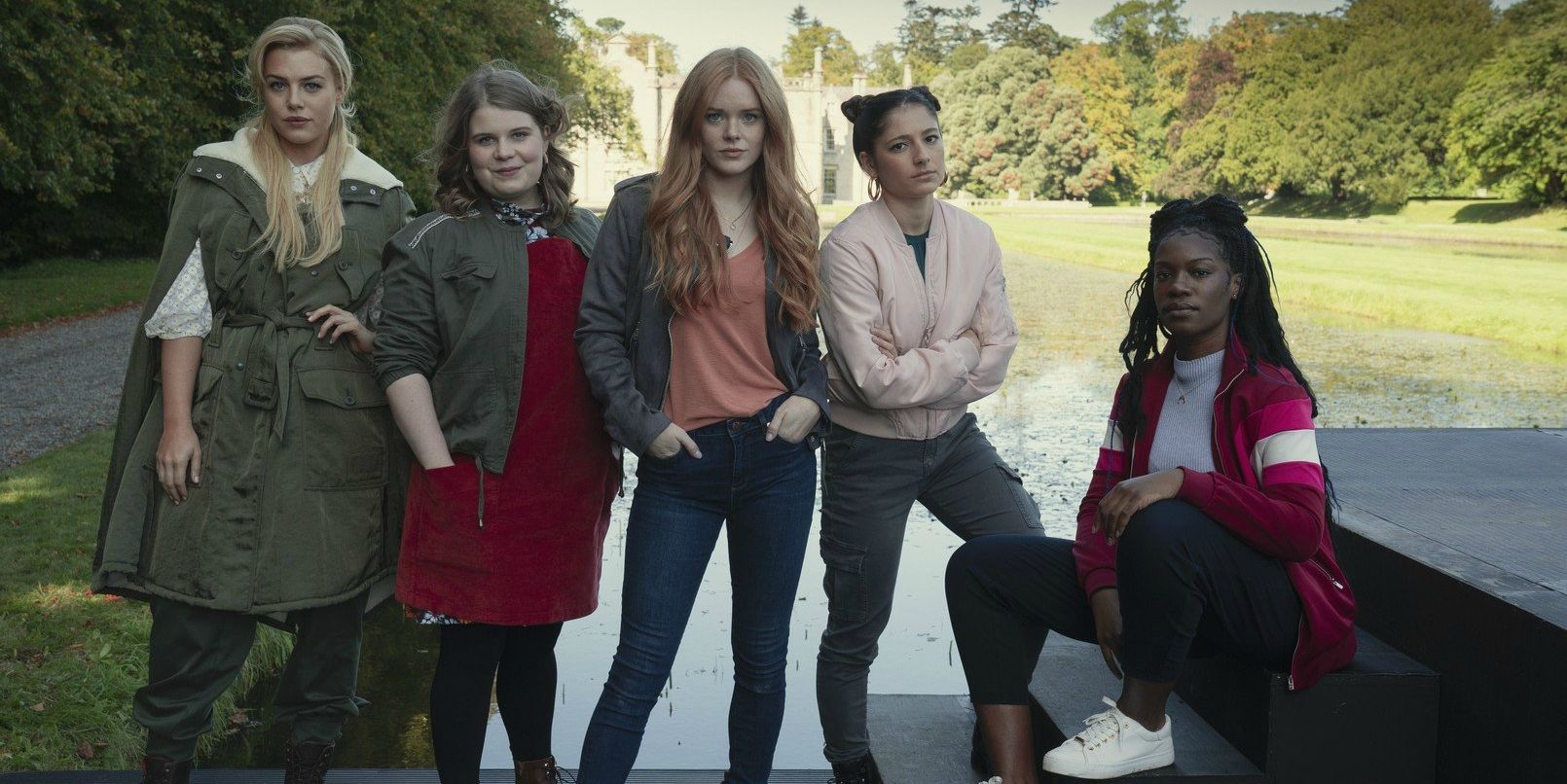
Fate: The Winx Saga will bring the animated Winx Club series to live-action, but the whitewashed cast and dark tone of the new show has angered fans. The beloved cartoon the Netflix original is based on premiered in 2004, and has been a staple of Saturday morning cartoons ever since. The series centers on the Winx, a group of girls who attend Alfea College for Fairies. The Winx turn into fairies with uniquely themed powers to fight monsters and witches, blending girlish sensibilities with action-adventure elements. Bloom, Stella, Flora, Tecna, Musa, and Aisha are a diverse group of friends, and the series embraces their femininity wholeheartedly. This made Winx Club a childhood favorite of girls who grew up in the 2000s, particularly girls of color, but the first Winx trailer left much to be desired..
When Fate: The Winx Saga was initially announced in 2018, now-nostalgic fans were curious to see how the fairies' aesthetic and story would translate to live-action. The first trailer for the new show was released by Netflix on December 10, 2020, giving them a sneak peek at the Winx Club's look. A premiere date of January 22, 2021 was also given, but the teaser failed to generate positive hype.
Upon the trailer's release, critical comments from Winx Club fans poured in. The colorful world of Winx Club they knew from childhood had gotten a Riverdale-style dark makeover. Two of the Winx, Musa and Flora, portrayed as women of color on the animated show, would be played by white actresses on the Netflix series. Instead of a fresh take on an old series, Fate: The Winx Saga was considered a disappointing downgrade that erased characters of color.

The new show was quickly called out for whitewashing, the unfortunately common Hollywood practice of casting white actors in roles for characters of color. Musa, the Fairy of Music, was East Asian in the animated series. However, in Fate: The Winx Saga, Elisha Applebaum, who is 3/4 white and 1/4 Singaporean will play Musa, following the norm of part-Asian, part-white actors playing fully Asian characters. Flora, the kind-hearted Fairy of Nature, had a noticeably brown skin tone on the original show and was often inferred to be Latina. She was seemingly replaced entirely for the Netflix adaptation by a white character with similar nature powers named Terra (Eliot Salt.) The original Winx show was one of few cartoons that made fans of color feel seen in media as kids, making the casting choices especially disappointing.
Fate: The Winx Saga was also criticized for its apparent reluctance to embrace its source material. The animated Winx Club is unapologetically fun and girlish, and was known for the heightened feminine fashion choices of its main characters. In the new Netflix show, however, the Winx wear more pedestrian earth tones, and the world they occupy is cloudy. The tonal shift seemed to be a poor fit for the Winx Club's brand of fantasy, and the characters' styling was a disappointment for fans who grew up admiring the bold fashion choices of the Winx.
While the Fate: The Winx Saga trailer was an overall disappointment, one element of the show was praised. Despite whitewashing two characters, Aisha, the Fairy of Waves, will be played by Precious Mustapha, a dark-skinned Black actress. This breaks a trend of roles for Black actresses typically being given to mixed-race or light-skinned women. Fans embraced the actress and were quick to defend her from racist criticisms of the show. Hopefully, the new series will give Mustapha room to shine, and possibly improve in future seasons to give young adults some quality content aimed at them.
from ScreenRant - Feed https://ift.tt/3mDzYkk

0 Comments